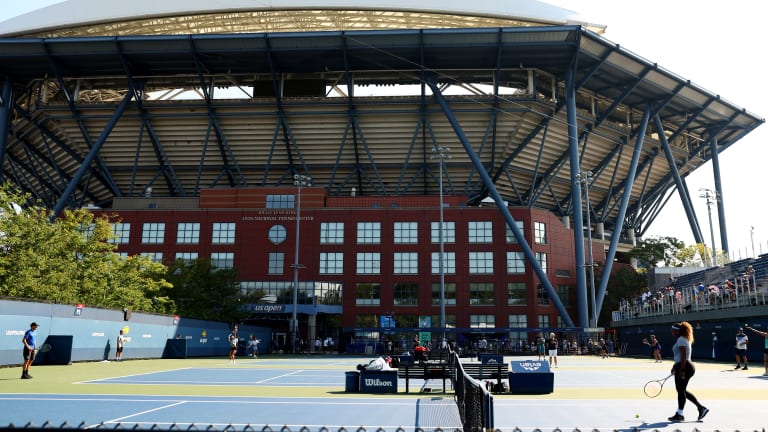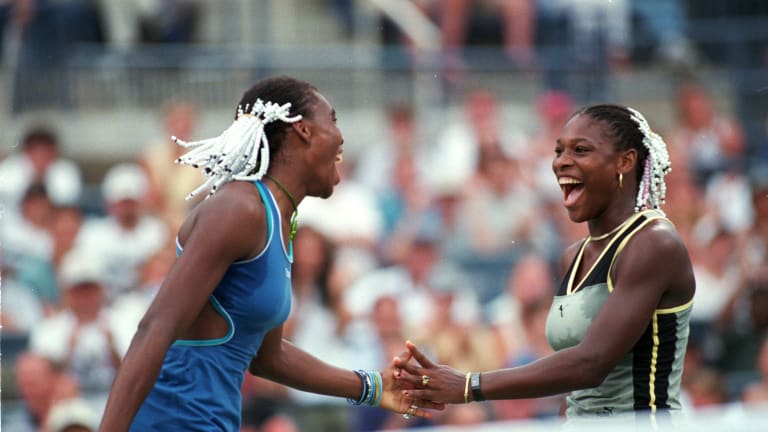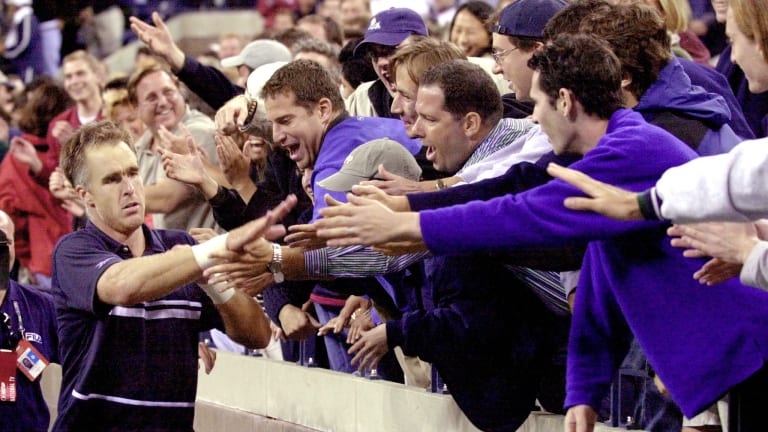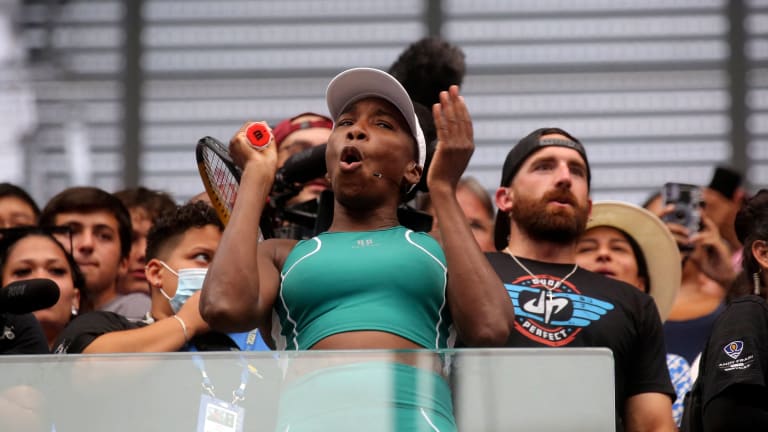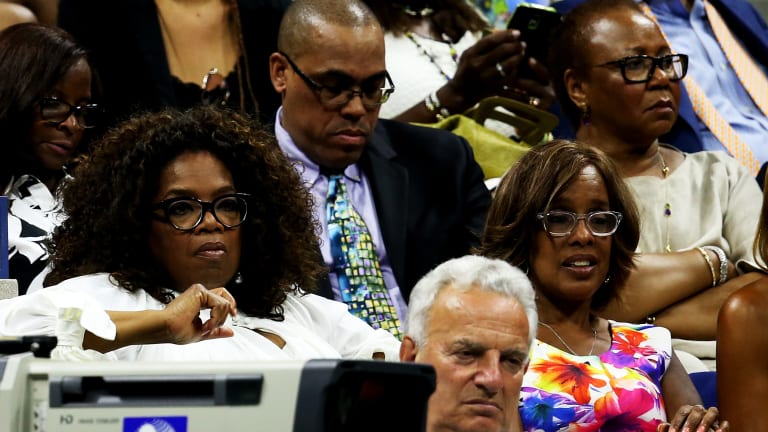When Venus and Serena Williams were young, their father, Richard, asked them which “big ones”—i.e., Grand Slam tournaments—they wanted to win. The low-key Venus said Wimbledon. Naturally, her more excitable younger sister opted for the US Open.
Venus almost nabbed Serena’s favorite event in 1997, when she reached the final in New York as a 17-year-old before losing to Martina Hingis. It was an historic occasion for at least two reasons: Venus was the first Black player to compete in the US Open final since Arthur Ashe made it that far in 1972, and she did it in a brand-new stadium named after Ashe himself. Two weeks before, the 23,000-seat arena—still the largest in the sport, 25 years later—had been christened by an enthusiastic Whitney Houston, who sang “One Moment in Time” to a cavalcade of celebrities.
In 1999, though, it was Serena who made her Grand Slam dream come true first. After Hingis squeaked past Venus in the semifinals, Serena took care of the top seed in straight sets for the first of her 23 major singles titles. She and her sister became the first stars to launch their careers in Ashe, and they were among those who did the most to put some heart and soul into the concrete-and-steel behemoth.
